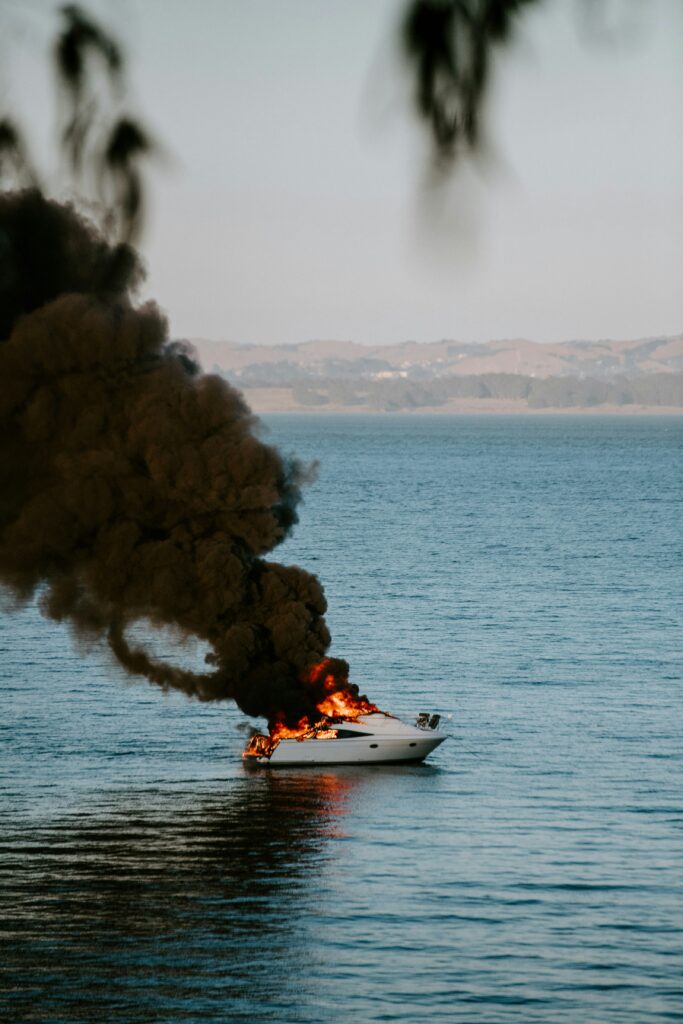How to Future-Proof Your Boat Purchase: 5 Critical Mistakes to Avoid
Buying a boat is a major investment. The wrong decision can cost you time, money, and long-term enjoyment. At Go Earth, we help you avoid the most common traps buyers fall into. 1. Not Understanding Your True Needs Many buyers are drawn in by flashy features or idealised ideas. But does that boat truly fit your lifestyle, mooring location, skill level, or long-term plans? Talk to Go Earth. We take the time to understand your needs, assess your lifestyle, and use our advanced search tools to find a boat that fits your real-world requirements. 2. Skipping the Deep Research A boat that looks perfect on paper can hide serious issues. Overlooked maintenance, mismatched specifications, and surprise costs are common problems. Let Go Earth do the due diligence. We uncover the full picture behind every listing so you can buy with clarity and confidence. 3. Overpaying Without Realising It Most buyers don’t have access to current market data or the experience to negotiate effectively. That can lead to paying far more than necessary. Put Go Earth in your corner. We negotiate directly with sellers to secure the lowest viable price and save you real money. 4. Trusting the Wrong Source Some sellers overmarket poor-quality boats, and many listings don’t reflect real value. Without expert guidance, it’s easy to be misled. Count on Go Earth to source independently. We are not boat dealers. We work solely for you to find the right vessel at the right value. 5. Underestimating the Ownership Experience Boat ownership comes with insurance, storage, and ongoing upkeep. Without the right support, the excitement can quickly turn into stress. Stay supported with Go Earth. We offer services before, during, and after your purchase to keep you ahead of the curve and out of trouble. We specialize in sourcing the right boat for any budget or location. Using our exclusive tools, we find what others miss. We negotiate on your behalf to secure the best price and help you enjoy the benefits of ownership without the common pitfalls. Avoid costly mistakes. Contact Go Earth today.
Fire Safety on Boats

Safety On Board You’ve probably see pictures or even videos of a boat on fire. It certainly is not a pretty sight and one that quite correctly puts fear – or at least caution – into your heart. There is no doubt that the best approach requires a combination of prevention, detection and first line firefighting. Let’s be clear – if a fibreglass boat is seriously on-fire, then ‘abandon ship’ might be your only option. Never put yourself or others at risk Prevention requires a common-sense but methodical approach. Carry out a Fire Risk Assessment – identify what could go wrong; and what you can do to prevent a fire from ever starting. For example, an absolute no smoking policy is the best approach. Also, be very careful of those gas lighters that are used to light a gas ring – they can still have a flame or be hot when placed on a surface or in a drawer, possibly starting a fire. Detection is quite straightforward. There are many low-cost smoke and fire alarms on the market. (Carbon monoxide alarms are also very important.) They are all easy to fit. We have used industrial strength ‘Velcro’ to affix alarms without drilling walls or ceilings. They seem to hold even in choppy seas. Placement is of course important. You need to have one in every ‘room’ in the boat. Don’t assume that fires only start in the galley. First-line firefighting is more complex. Some basic rules apply. Obviously, a pan-pan or mayday (or dial 999 if VHF is not available) is required. To safely extinguish a fire you need to get to it very quickly. It follows, therefore, that you need an extinguisher (even if just a small one) in easy reach in every room that is likely to be occupied (cabins, galley, saloon etc.). Also, always leave yourself an escape route. One risk occurs if you sleep in a forward berth. If a fire starts in the galley, then this may block a possible means of escape. However, opening the forward escape hatch above the berth also has a risk – of encouraging the fire by allowing a draft of air to fan the flames. This reinforces the need to have an extinguisher close to hand. The galley should of course also have a fire blanket. Be sure you know how to use it correctly to avoid burns to your hands. There is, however, one serious, well recognised problem with the common powder type of fire extinguisher. If they have to be used, they make a truly horrendous mess. Unfortunately, they get into all the soft furnishings, they corrode electric and electronic connections, they are potentially toxic if breathed in, they act as a laxative (!!), they can be destructive of engines. The mess can only be safely cleared up using personal protective gear. Go Earth researched this problem and found two ranges of extinguishers (Firetool for inside spaces and Blazecut for the engine bay) that do not suffer from these issues.


